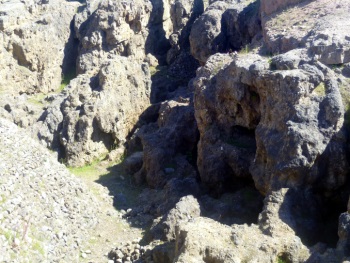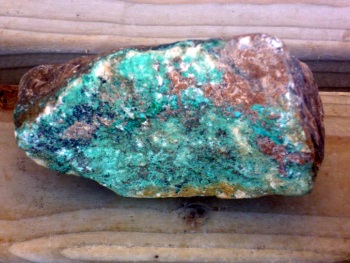
On the north coast of Wales next to the town of Llandudno stands the limestone headland of y Gogarth known in English as Great Orme. It is a nature reserve, rich in fauna and flora with significant and rare species of plants. Copper has been known to have been mined on the headland for many years with ore having been extracted until late in the 19th century. However, the hidden history of the area only started to be uncovered in 1987 when a landscaping operation was being undertaken. The archaeological discovery astounded everyone and caused not only the history of Great Orme to be re-evaluated but also the civilisation and structure of society of the people who had inhabited this land some 4,000 years ago. Excavations reveal that there were extensive mining activities dating back to the Bronze Age 4000 years ago.

This was some 2000 years before the arrival of the Roman’s on the islands of Britain. The scale of mining for the valuable copper ore is remarkable. It demonstrates the civilisation of Celtic society at the time, a civilisation that it suited the subsequent Roman invaders and others since to seek to deny. Throughout Celtic Europe archaeology is uncovering more and more information about the advanced road structures, building techniques and technological ability of the Celtic peoples. Forcing a re-evaluation of previous texts that relied on Roman historical information. Their writings have to be viewed as containing the propaganda of the victors who seek to disparage all that goes before them. Something that was carried on by the Saxons who again tried to undermine Celtic civilisation as something inferior to their own. Unfortunately, this is a practice that some English politicians and historians continue today.